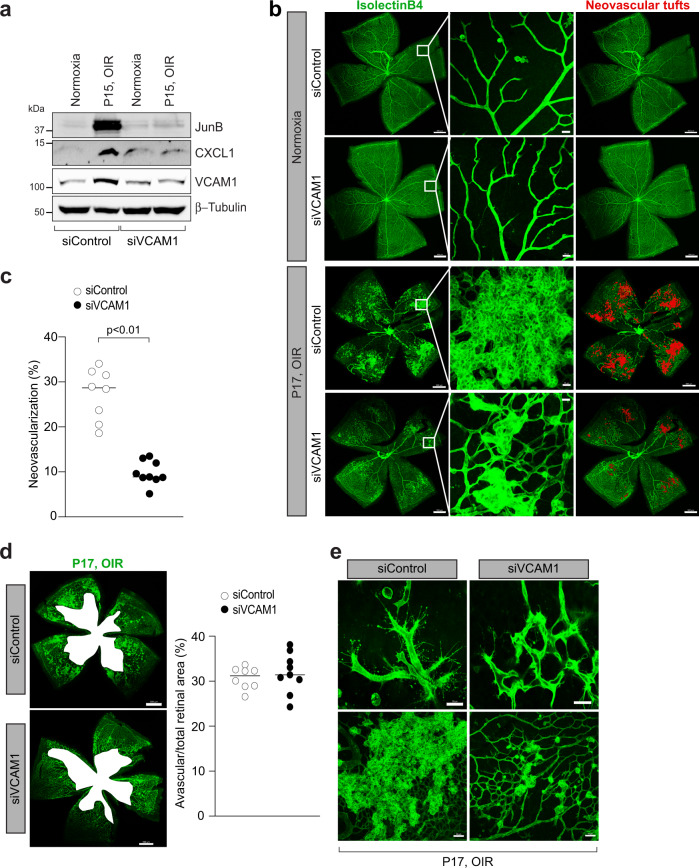Fig. 8. VCAM-1 regulates OIR-induced retinal neovascularization.
a C57BL/6 mice pups were exposed to 75% oxygen (P7-P12), returned to room air and administered intravitreally with 0.5 μl of 5% glucose solution containing in vivo-jetPEI® transfectoin reagent with 1 μg of control or VCAM-1 siRNA at P12 and P14. At P15, the eyes were enucleated, retinas isolated, tissue extracts were prepared and analysed for JunB, and CXCL1 levels by Western blotting and the blot was reprobed for VCAM-1 and β-tubulin to show the effects of siRNA on its target and off target molecules. b, d, e Everything is same as in panel (a), except that at P17, the eyes were enucleated, retinas isolated, stained with isolectin B4, flat mounts prepared and examined for retinal neovascularization (b), avascular area (d), and endothelial tip cell formation (e). The middle column in panel b shows the higher magnification of the area selected. Neovascularization is highlighted in red in the third column of panel (b). c, d The bar graphs represent quantitative analysis of neovascularization (c) and avascular area (d). n = 8 (c, d) biologically independent eyes per group, and expressed as Mean ± SD. *P < 0.05 vs siControl. Scale bar represents 500 μm in panel (b) left column and right column, 20 μm in panel (b) middle column, 500 μm in panel (d), 20 μm in panel (e) upper row, 50 μm in panel (e) lower row.

